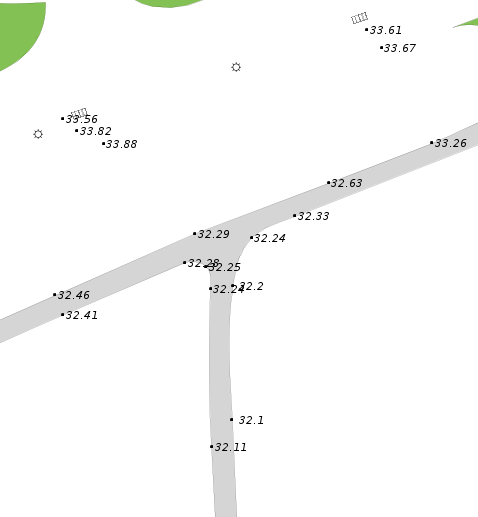cl_maintenanceAndUpdateFrequency
asNeeded
31600 record(s)
Provided by
Type of resources
Available actions
Topics
Keywords
Contact for the resource
Update frequencies
Service types
From
1
-
10
/
31600
-
-
Öffentliche Toiletten im Stadtgebiet der Stadt Göttingen. Alle Toiletten sind behindertengerecht, Einige Toiletten sind nur für behinderte Menschen zugänglich.
-

-
-
-
-
-
-

-
 www.geodatenkatalog.de (S3L)
www.geodatenkatalog.de (S3L)